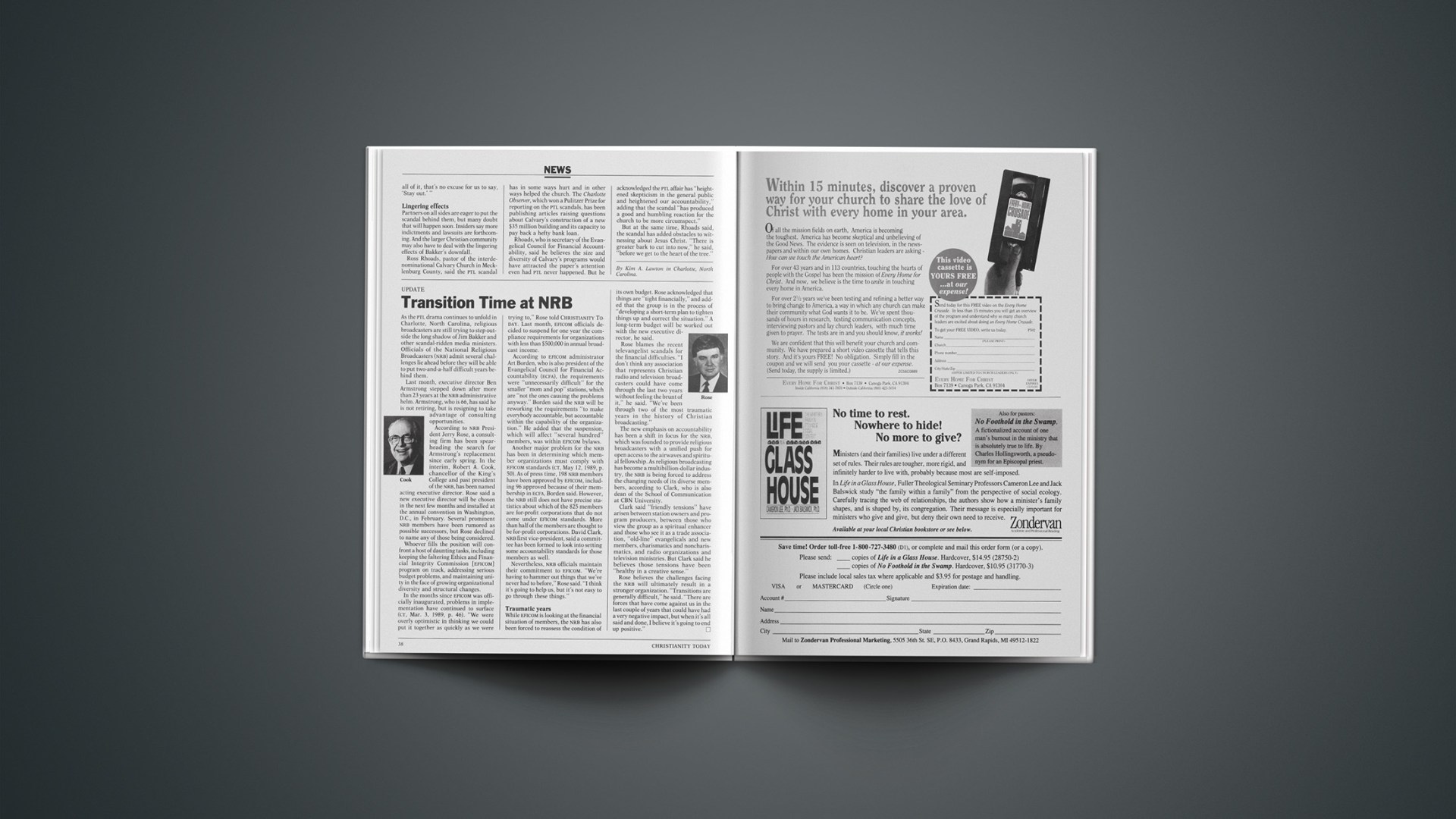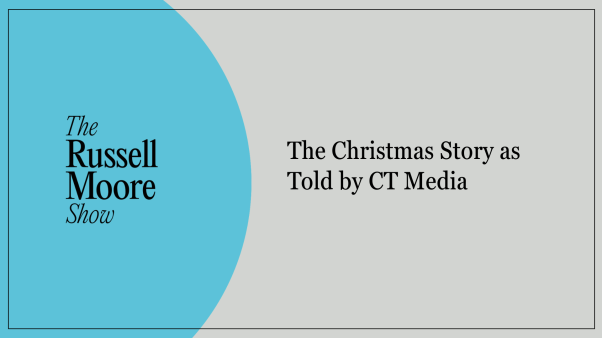After surviving court challenges that attempted to label them inherently religious, sex-education programs that promote abstinence are finding a place in public schools. With money from grants provided under the 1981 Adolescent Family Life Act, more than 80 groups around the country are developing abstinence-based curricula. Though the programs are being taught in a small minority of the nation’s 16,000 high schools, they are found in more than 40 states, according to publishers. And their success in changing teens’ attitudes is attracting the attention of educators and legislators alike.
Educating For Abstinence
According to the Sex Education Information Council, 45 states last year required or recommended sex education, and 47 required or recommended AIDS education. At the same time, a small but growing number of states have also mandated programs that promote abstinence and adoption.
While the abstinence-based programs do not teach explicitly Christian concepts, they nonetheless stress that marriage is the appropriate context for sexual intercourse, and point out the potential problems of teenage sexual activity, such as sexually transmitted diseases, emotional difficulties, and pregnancy. Most use a variety of teaching methods, including video dramas and role playing. For example, in Values and Choices, published by the Minneapolis-based Search Institute, students are each given an egg, representing a baby, to carry with them constantly for 24 hours to illustrate the responsibilities of being a teenage parent.
Measuring changes in the actual behavior of students is extremely difficult. Few schools keep records of teen pregnancies, which might provide some rough measure of a curriculum’s success. But recent surveys show abstinence programs are changing how adolescents view sex.
Project Respect, the research-and-development organization that distributes and tests the Sex Respect curriculum, surveyed students before and after they participated in its program. The percentage of students who agreed that “It is important for me not to have sex before I get married” rose from 38 percent before the course to 56 percent after. When asked, “Do you think sexual urges are controllable?” 22 percent responded “always” before the course; almost 41 percent said so after. Other publishers report similar findings.
How Active?
Most criticism of the abstinence programs comes from groups such as Planned Parenthood, which believes complete and explicit information on birth-control methods and abortion is what is needed to solve teens’ sexual problems. They fault abstinence curricula for downplaying or ignoring such areas. One Illinois superintendent said his school dropped Sex Respect, which mentions contraception and abortion only briefly, because it “did not reflect the reality” of his district.
However, Kathleen Sullivan, director of Project Respect, insists it is the critics of her program who are being unrealistic. She questions Planned Parenthood statistics that claim that 50 to 60 percent of America’s teenagers are sexually active. At issue, she said, is what constitutes being “sexually active.”
“Their figures include the one or two-timers, the vast majority of which regret [their sexual involvement]. We have found from our evaluation that only 15—at most 20—percent are repeatedly involved in sexual activity,” Sullivan said. The rest need only a little support to remain chaste, she said. “Everybody is not doing it. They need to hear that, and they are relieved when they do.”
Values and Choices does offer an optional unit on methods of birth control, as well as one on homosexuality. Most schools teach those units, said Dorothy Williams, director of publications at the Search Institute. Those controversial areas were included, she said, for teens who are determined to be sexually active, and because teenagers are aware that those issues exist. Adults must “earn the right to tell kids what you hope for them in the area of sexuality by telling them the answers to any of the questions they have,” Williams said.
Criticism has also come from conservatives, who believe sex education should not be taught at all in schools because it increases the likelihood of sexual activity. In fact, Williams said, just the opposite is true. According to her research, 15 and 16-year-olds are twice as likely to be sexually active if they have had no sex education or have not talked with their parents about sex. And as many as one-third have never talked with their parents, she added.
“The question is not if they are going to receive sex education,” Williams said. “It is what kind of education are they going to receive—how complete is it going to be?”
By Ken Sidey.










